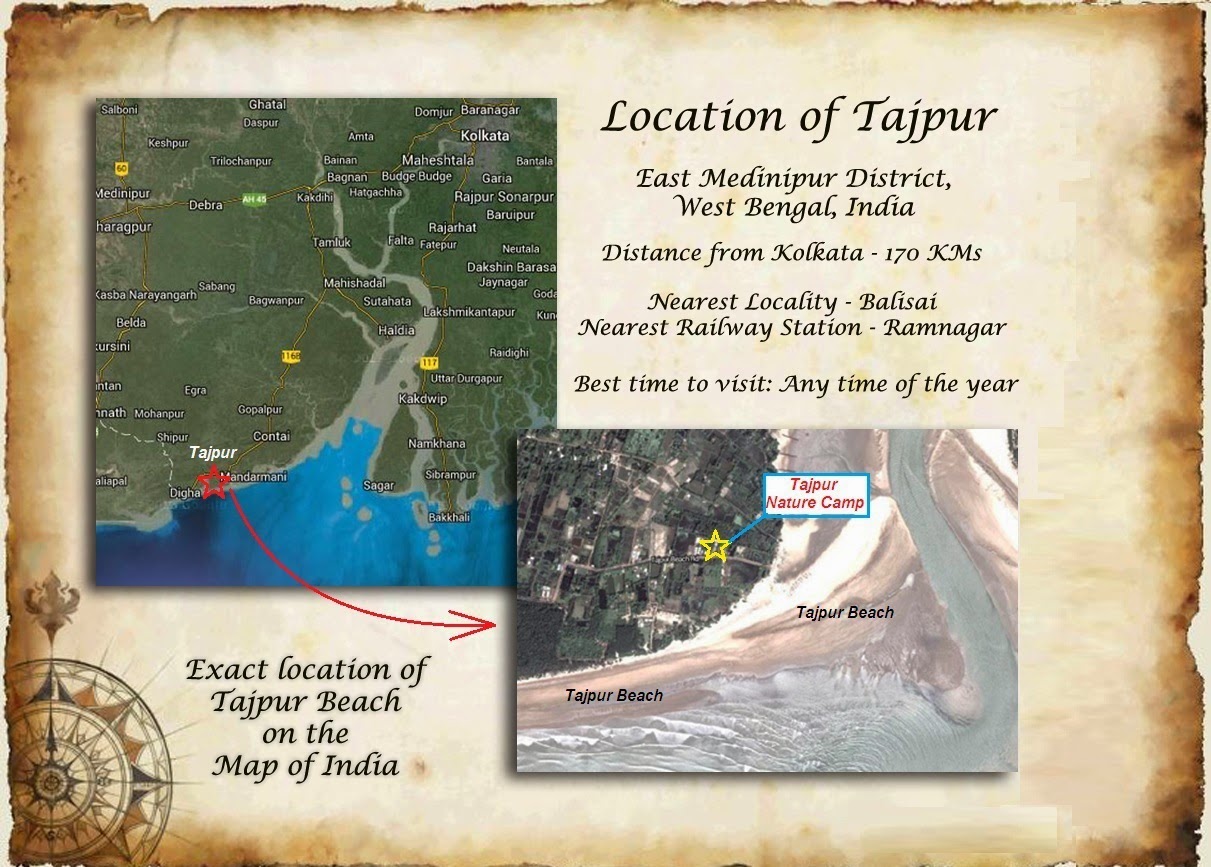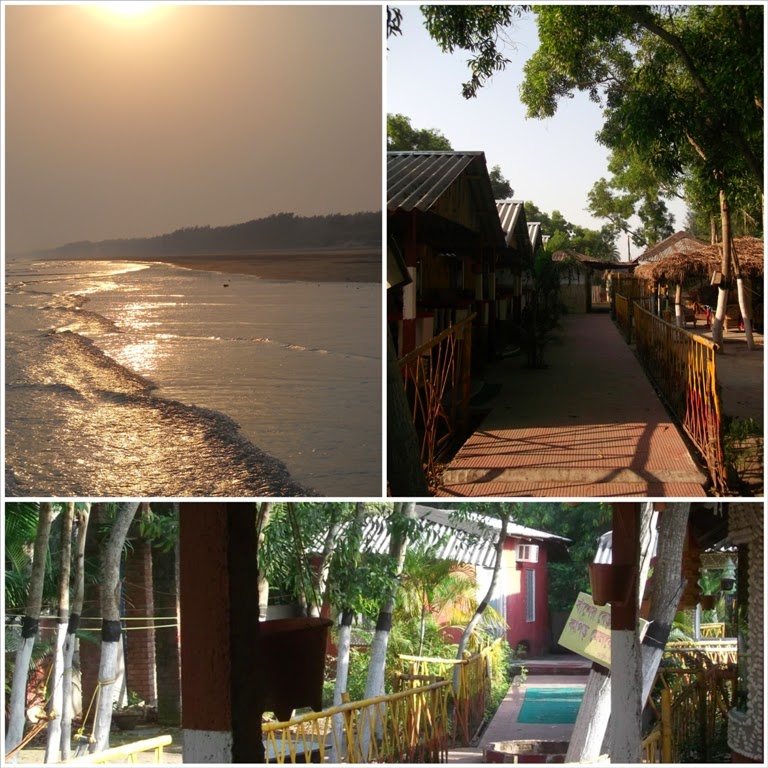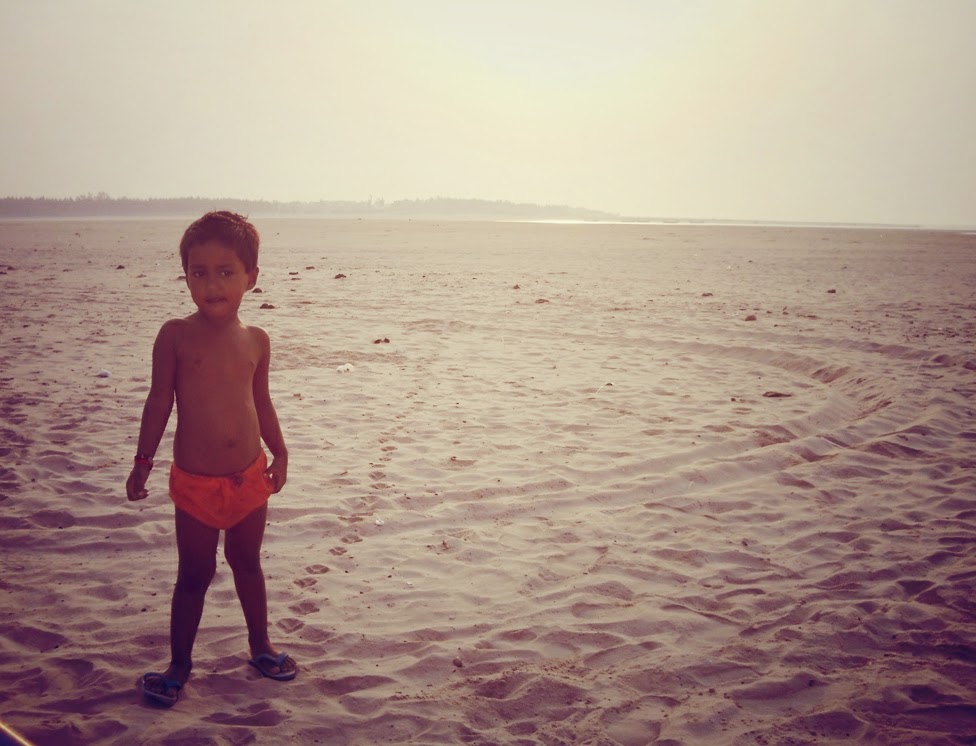"Wilderness is not a luxury but a necessity for the human spirit." - Edward Abbey
I so much agree with this.
Venturing into the wilderness is a necessity for our existence. In fact, I
believe that there cannot be a better way to replenish your defunct state of
mind after long periods of mundane abstinence from experiencing the sights and
sounds of nature. But, owing to
unavailability of holidays in a busy calendar month, I zeroed on a place
which I hoped would offer some bit of the thrill and excitement of experiencing wilderness.
And, I was not wrong. The place which I am about to talk is located at the southern edge of Kolkata, yet offered plenty of raw greenery and wild aroma to fill my
senses. I am talking about my recent
half-day outing to Chintamoni Kar Bird Sanctuary.
I read about this place quite
a few years back yet never bothered to check it out.
Now, that I have visited this place, I can so much associate my feelings with Tagore's immortal lines -
Now, that I have visited this place, I can so much associate my feelings with Tagore's immortal lines -
"Just two steps from my home lies
On a sheaf of paddy grain, a
glistening drop of dew"
About the Place:
Chintamoni
Kar Bird Sanctuary (CKBS) formerly known as Kayal-er Bagan or Kayal’s
Garden is situated in Narendrapur, in the southern fringe of Kolkata. It is
little known to people that CKBS houses a wide variety of birds, butterflies,
epiphytes, orchids and fern species besides being host to common reptiles like
snakes and monitors and mammals like grey mongoose, rodents, bats and so on. This 17 acre
protected
area falls under Directorate of Forests 24 Parganas (South)
Division within Sunderban Biosphere Reserve.
What to see?
As mentioned above, CKBS will offer you glimpses of different bird
species and butterflies. Besides, if you’re lucky enough, you might get to see
reptiles. Although most of these creatures are camera shy and owing to their
super senses escape public sight at the slightest murmur of leaves which
covers the serpentine walk-ways inside the sanctuary. In a word, there’s no specific 'thing of attraction' for visitors, yet a world of surprise awaits everyone who wishes to
sip in the aroma of wild foliage and tread among unknown species of flora, just a
stone-throw from their mundane city pent.
My Experience:
I had mixed expectations before entering the gates as this seemingly
‘unheard’ place is nestled right in the middle of a bustling suburb. Even as I got down from the auto rickshaw I saw locals thronging the roadside vendor for morning cuppa 'bharer cha' lingered with the essence of quintessential adda on a sunny saturday morning. I was doubtful, whether visiting this spot would be worthwhile. But just after I entered the gates, a wild aroma greeted me and I knew, I was at the right place!
I strolled towards a crossroad (the starting point of the walk) where the map of CKBS painted on a board is nailed to a tree. As per the map, there is one main route and it crisscrosses at several points with other paths, so whichever way you go, you can catch up with the main walkway leading to the entrance.
At this point there’s a thatched cottage for resting and a water tap. Apart from this, you’ll find another board with names of all the bird species found within the sanctuary, for the curious bird watchers and photographers, which is quite encouraging!
At this point there’s a thatched cottage for resting and a water tap. Apart from this, you’ll find another board with names of all the bird species found within the sanctuary, for the curious bird watchers and photographers, which is quite encouraging!
I started walking along the path endowed with wilderness dissecting
the open sky above with thick foliage and lofty branches encrusted with epiphytes and
climbers, which added a spectral glare of the soft rays of the morning sun.
It was a summer morning, just before the onset of monsoon and the weather was
hot with a tinge of moisture. And hence, my nimble and cautious steps over the
dry leaf-covered pathway offered little help to stop me from sweating. It was
surprisingly quite here, the cacophony of traffic was missing and instead the
air was filled with chirping of birds and sustained cricking of crickets (even in bright daylight) and
other insects from left, right, front, behind – almost everywhere.
Just then, I spotted something moving cautiously within a nearby bush.
I was hesitant at first, so stopped, crouched and tried to spot the hazy moving
figure. To my surprise, it stopped too! And after a few minutes wait in ‘statue’ position,
out came a grey mongoose, some 30 feets away, showing no signs of hurry in its
movement. With an ‘I don’t give a damn’ attitude it walked right towards me and
stopped within 10-15 feets, probably spotted a catch within the bush, and vanished
in the blink of an eye. Its grey bushy tail was remarkable. This was the first
time I saw a mongoose up close.
There were
butterflies around, and in abundance. Yet these pretty things were ever so
fluttery that it would take some serious effort to grab a snap. I managed to
draw quick shutter on one of these exotic beauties.
A DSLR was
badly missed. Bird watching however was rewarding, with the aid of my binocular
I saw some 5-6 species of birds, of which I could only recognize - Magpie and Indian Koel.
Walking through the pathway encrusted in greenery all around was
refreshing, to say the least. I saw water holes constructed inside for collecting rain water, obviously serving as refreshment pools for the wildlife. There’s
a pond as well, however, owing to the summer heat, it appeared almost dried
up. Along the pathway there were plenty
of mounds (ant hills) and I wasted no chance clicking a few of these nature's wonders.
Finally, I
reached the end of the path and came to a halt at the northern wall which secluded this wilderness from the civilization outside. On my way back I took another path. This path was narrower cutting through thick vegetation with
centurion banyans and pipuls and scores of other trees with dense undergrowth
and towering branches adorned with wild creepers hanging from above.
A majestic view of the sun cutting through the dense undergrowth was a
refreshing sight no less!
How to go?
From Garia
take a bus or an auto rickshaw plying towards Narendrapur and get down at Kalitola
stop. Cross over to the other side of the road and walk along the lane for 5
minutes, CKBS will be on your right side. The overflowing greenery from inside
the high walls of the sanctuary will tell you that you have a date with
nature!
*Entry fee is Rs.50 per head. Still photography is allowed, for video shoots additional charges are applicable.
*Entry fee is Rs.50 per head. Still photography is allowed, for video shoots additional charges are applicable.


























